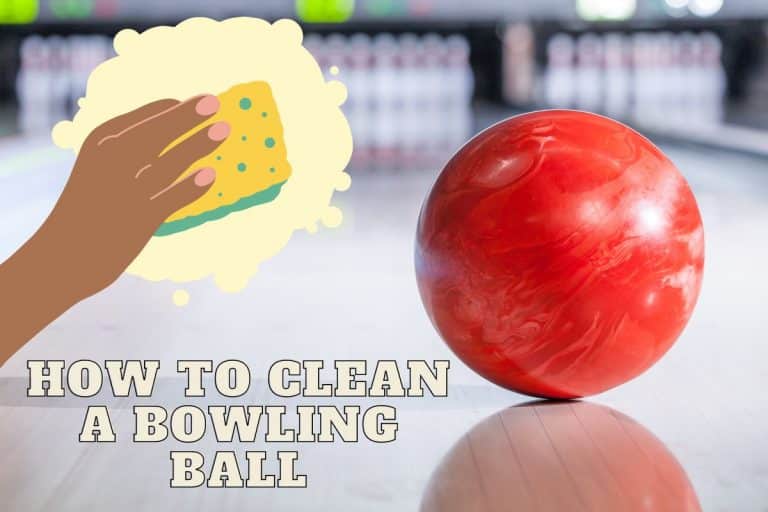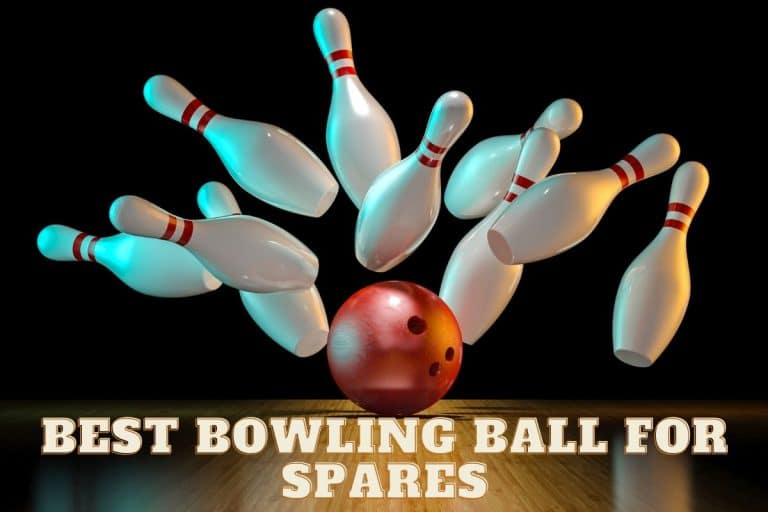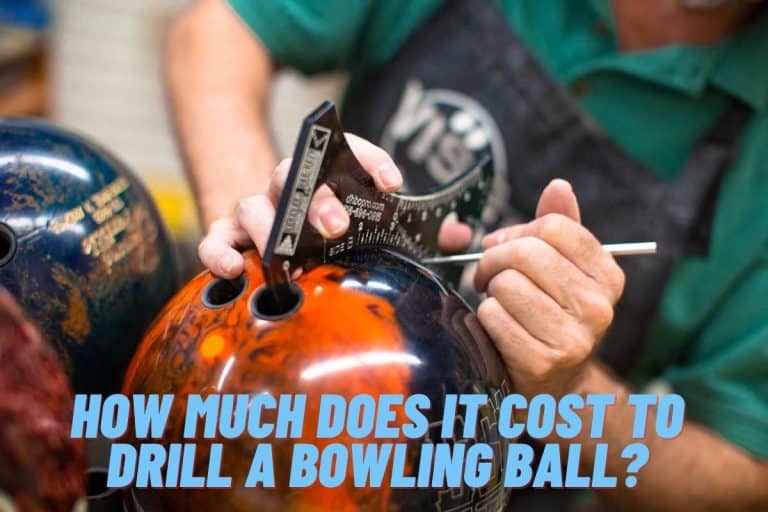What are the Four Basic Shots in Bowling? [Strike Them]
Want to discover the key to bowling success? Learn about the four basic shots in bowling; the straight ball, curve ball, hook ball, and backup ball. Discover the differences between each shot and improve your bowling game. At whatever stage you are as a bowler, this guide will help you understand the fundamentals of these essential shots.
Bowlers everywhere are known for being super passionate about the sport. You'll never run into one who wouldn't spend 30 minutes talking about the different types of shots that will have you rolling a strike or a spare.
To help you get started, let's check out what happens before you take the shot. You'll first want to figure out which finger is your “bowling finger” or the one you will use for your release. Your bowling finger should be on the same hand as your dominant eye, so if you're right-handed and left-eyed, use your right hand; if you're left-handed and right-eyed, use your left hand.
Pre-Shot Preparation
1. Stance
The first step in executing any shot is to have the proper stance. Your feet should be shoulder-width apart, with your knees bent at 90 degrees and your toes pointed outward. You should bend your arms at 90 degrees at the elbow and shoulder. Then stand up straight and take 4 paces forward before releasing the ball to ensure it goes where you want it to go!
2. Grip
It should be firm but relaxed at all times so that it doesn't affect your balance while bowling or cause unnecessary stress on your arms and shoulders while aiming at the pins (which can lead to injury). A proper grip will also allow for better control over the direction of your shot, which will result in better overall results.
3. Aiming
As you stand at the starting position (usually marked on the floor with dots and arrows), choose your target and align your feet accordingly. Hold the ball properly and take your first step with your opposite foot. Take two more steps and release the ball. Keep your wrist straight and your arm close to your body.
Basic Shots
1. Straight Shot
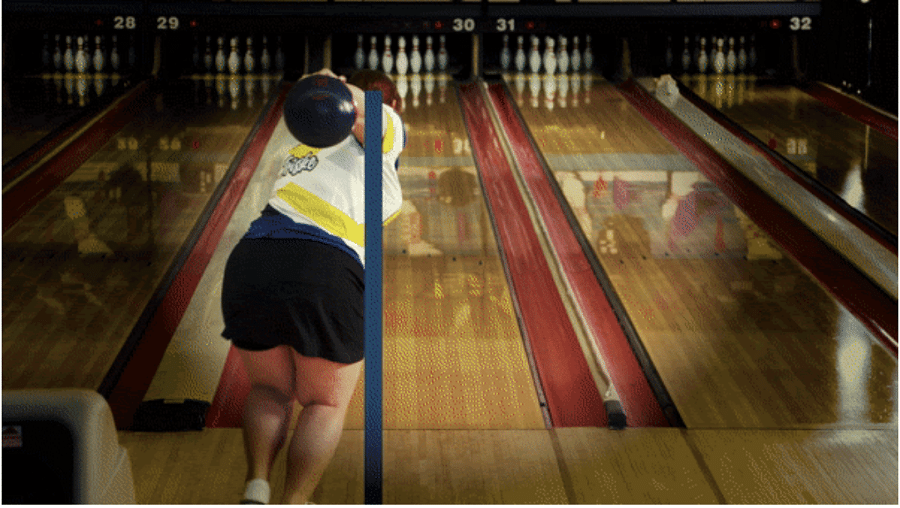
The straight shot is the most basic shot in bowling and the easiest to master. This shot is done by simply rolling the ball down the lane with no spin or hook. The result is that it will travel straight down the center of your lane, which will give you a perfect strike every time if you're able to hit all 10 pins with it.
It is a simple and effective technique for beginners or those who want to focus on accuracy and consistency.
2. Curve Shot
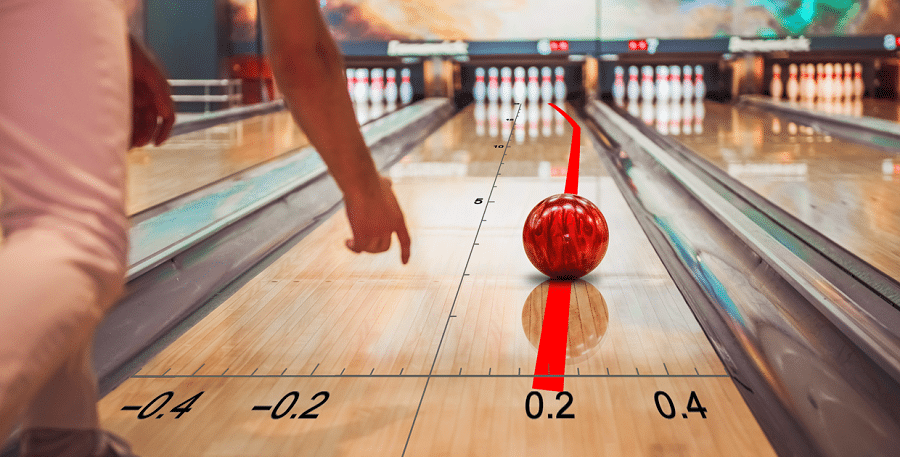
The bowler curves the ball toward the pins by using a wrist rotation that creates a side spin of the ball. The curve can be gentle or sharp, depending on the spin applied. Bowlers typically use this technique to hit the pocket from the side and increase their chances of getting strikes. It's important to note that you'll need quite a bit of control over your bowling ball to do this successfully.
3. Hook Shot
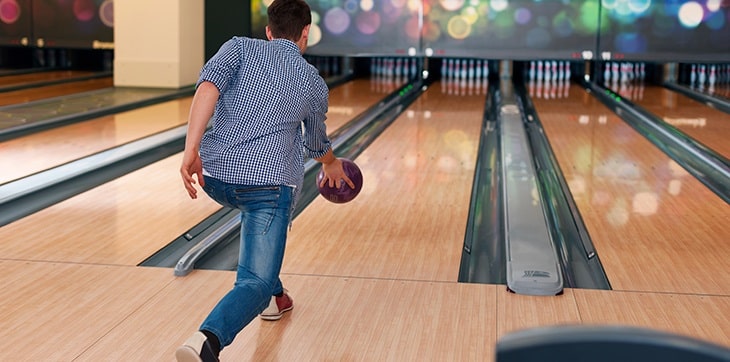
The hook shot is a slightly different technique from the curve shot. It involves a more pronounced and dramatic curve, and it is achieved by using a combination of wrist rotation and a release point that is slightly behind the foul line. The ball is released with a rolling motion that creates a significant amount of hook, causing it to curve sharply and hit the pins from an angle. Hook shots are generally used by advanced bowlers who want to create a larger angle of entry to the pocket and increase their chances of striking. Timing is important, as releasing the ball too early or too late can affect the spin and trajectory. While this shot can be more challenging than the curve shot, it can lead to higher scores and a more exciting game.
4. Backup Ball
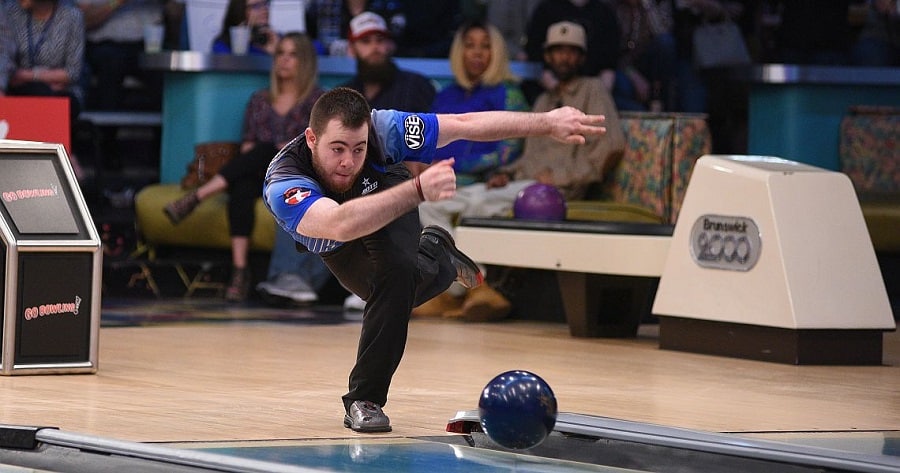
It's less common than other techniques. It involves spinning the ball in the opposite direction of a normal hook or curve ball, which curves toward the opposite side of the lane. Left-handed bowlers typically use this technique on the right side of the lane or vice versa.
A player must first adjust their grip on the ball to create a reverse spin. As they approach the foul line, they should angle their body toward the opposite side of the lane from their usual approach. They then release the ball, causing it to curve in the opposite direction.
Post-Shot Follow Through
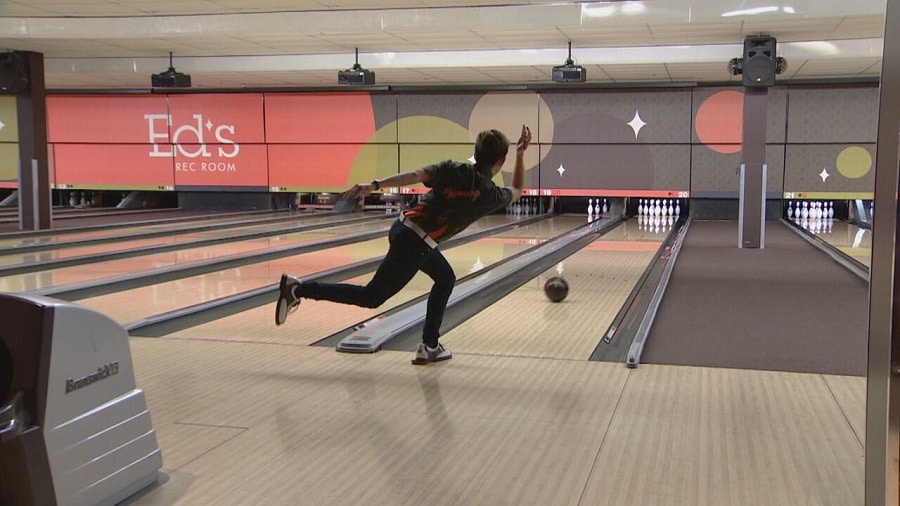
1. Balance
When you're standing over a bowling ball, two things can happen when you release it: You fall backward or forward. If you fall backward, your shot will be too long and go past the pins; if you fall forward, then your shot will be too short and hit only some of the pins. To avoid this, keep your weight centered over both feet as much as possible during each shot.
2. Follow Through
A good follow-through is a final step you take after releasing the ball, and it should mimic the motion you used when you rolled your first throw down the lane. After releasing the ball, continue your forward momentum and follow through with your arm until it is fully extended toward the target.
Pro Tip!
- Stay mentally focused: Bowling is a mental game, and getting distracted or losing focus is easy. Stay positive, stay relaxed, and focus on your shot. Visualize the shot you want to make, and trust your skills and training.
Final Thoughts
Each shot has unique characteristics, and mastering it requires practice, skill, and patience. For instance, the backup ball can be a useful tool for surprising opponents or adapting to lane conditions since the ball spins in the opposite direction. By understanding and utilizing these shots, players can increase their chances of achieving high scores, making bowling an even more enjoyable and rewarding experience. Remember, practice makes perfect. The more you practice, the better you will aim your shot.
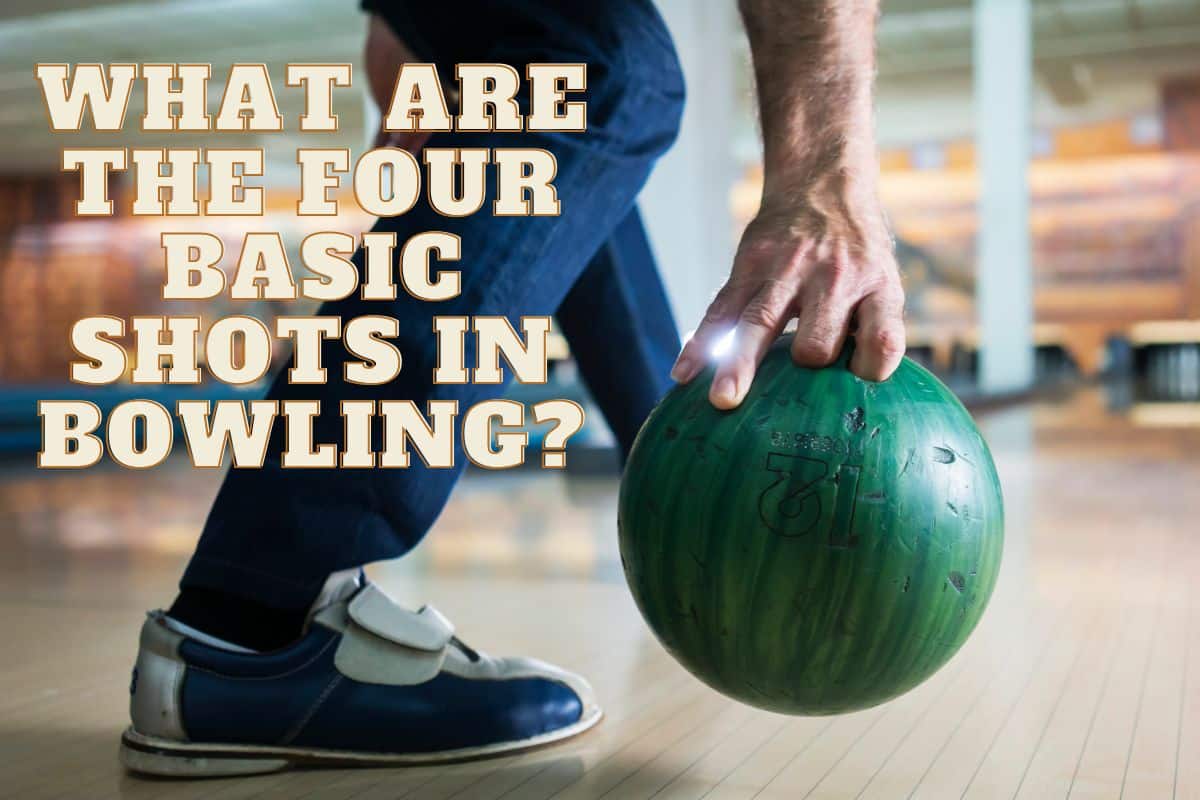
![Do Pro Bowlers use Finger Inserts? [Bowling Finger Grips]](https://www.bowlingknowledge.com/wp-content/uploads/2023/03/Do-Pro-Bowlers-use-Finger-Inserts-768x512.jpg)

